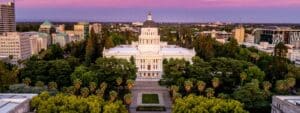For Affordable Housing Month, South Bay Resilience Manager Jordan Grimes discusses Greenbelt Alliance’s history of advocating for sustainable and equitable development to protect the Bay Area’s landscapes and communities.
Since our inception, Greenbelt Alliance has stood for the protection and preservation of the Bay Area’s wild lands and open spaces. In service of this mission, we have advocated through public policy to stop sprawl, campaigned against projects that would harm wetlands and shorelines, and fought for the preservation of agricultural lands. For over 65 years we’ve recognized that enhancing our environment and ecosystems makes a stronger home for us all.
Importantly, Greenbelt recognizes the value of smart development as a key factor in protecting our lands. Growth itself is necessary to address the Bay Area housing crisis, but developments must also protect our open spaces from a changing climate for decades to come. We must actively guide Bay Area growth to ensure that we develop in sustainable ways, in regions safe from climate impacts, and geographically and economically accessible to all Bay Area residents.
By helping direct development to cities and suburbs, near public transportation hubs and job centers, we not only lessen the demand for harmful exurban sprawl, but also create more climate friendly and resilient communities.
California is short of over 3.5 million homes, according to a report by the McKinsey Global Institute, which forces more workers to become super commuters—people who have to drive more than 90 minutes to get to work. The limited supply of homes drives up the cost. This continued upward pressure on the cost of housing means that Bay Area residents are finding it harder to afford to rent or own a home while balancing other financial obligations.
The lack of affordable housing close to jobs also increases pressure for sprawl development closer to the fringes where urban infrastructure intermingles with wildland vegetation. That is exactly where wildlife risk is more pronounced, yet this land is being rapidly developed in the Bay Area.
Greenbelt Alliance helps guide growth to urban areas to defend our natural lands from harmful developments. And we’ve been doing it for over 65 years.
Through the decades, in addition to fighting for the preservation of wetlands, wildlands, and open spaces, we have also fought for policy changes at the local, regional, and state level to make the kind of climate-friendly growth we need possible to achieve.
Here are just a few examples of Greenbelt Alliance’s advocacy and actions over the last 65 years, as well as into the future, to ensure holistic and comprehensive growth for the Bay Area.
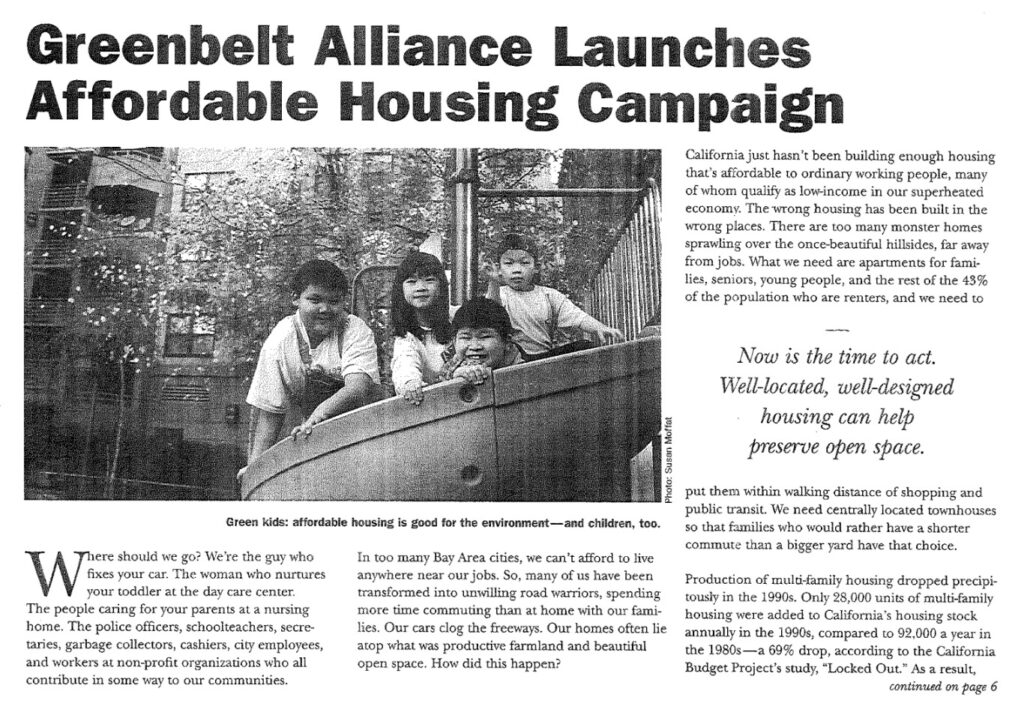
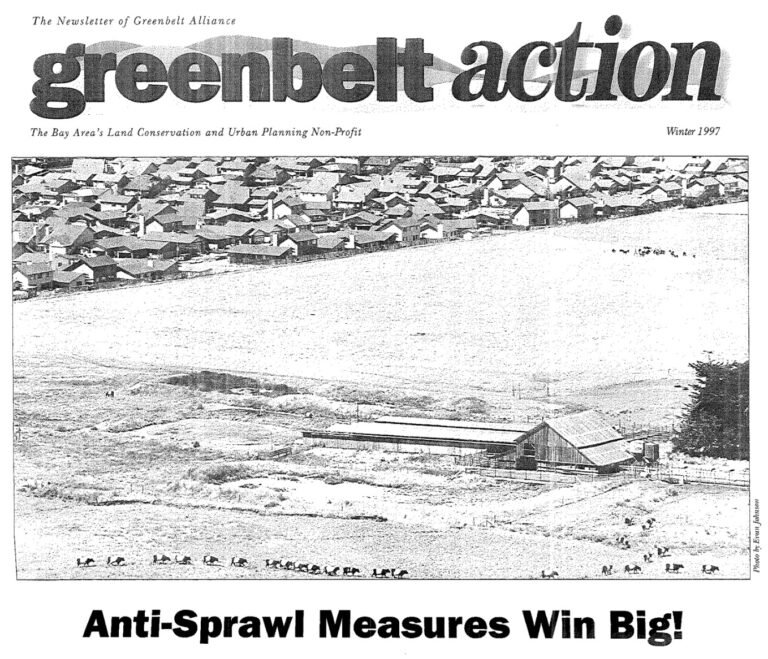
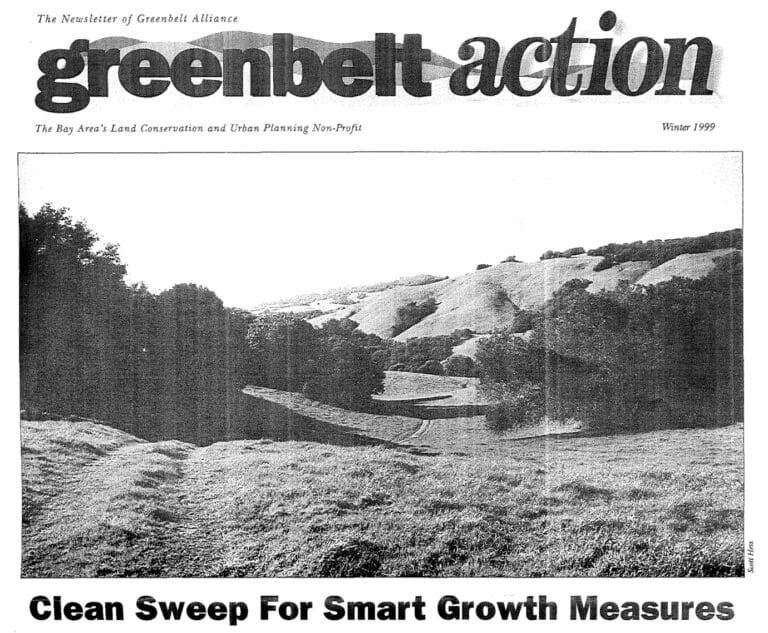
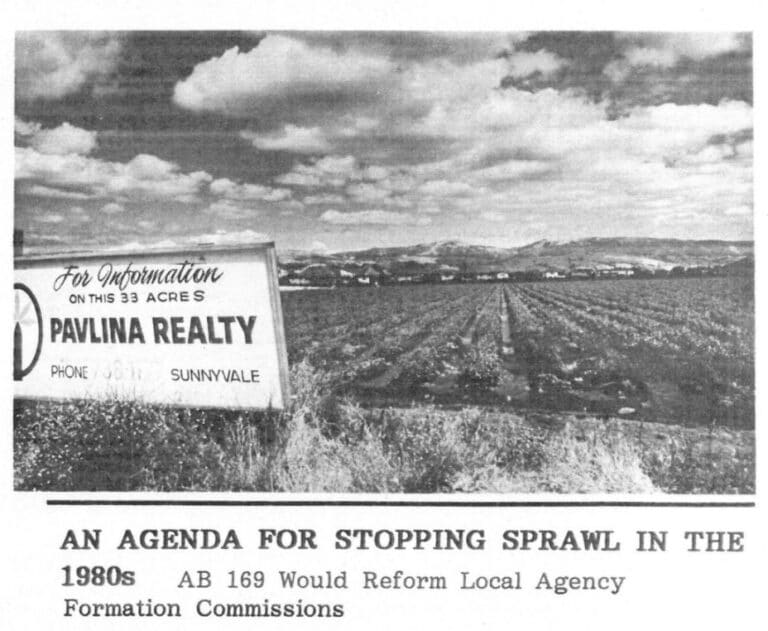
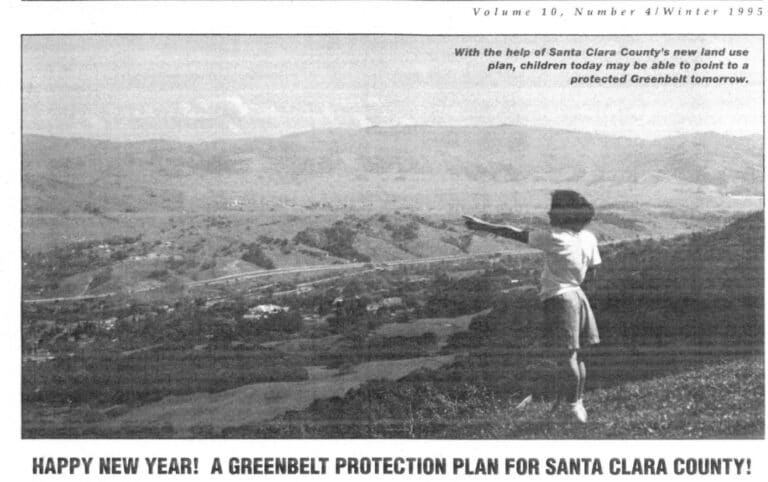
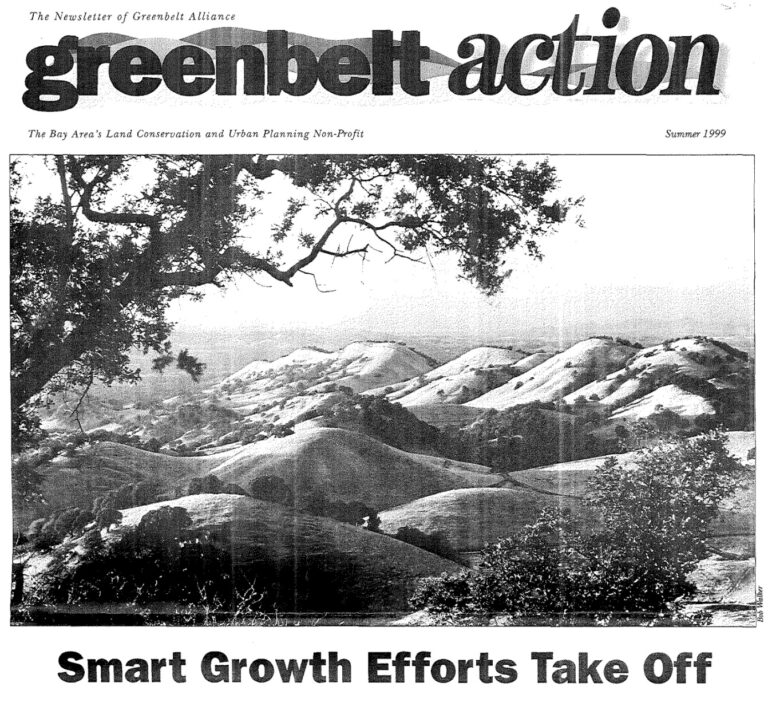
Greenbelt Over Time
The 1970s
In 1979, the People for Open Space Housing and Greenbelt Program was founded to study conflicts between housing and open space, and assess how housing and open space needs, often in conflict at the time, could be met together.
The 1980s
During the 1980s, Greenbelt Alliance authored numerous reports and white papers on the need to adopt public policies that made it easier to build dense, multifamily housing in Bay Area cities and suburbs, while at the same time protecting our open spaces.
These included the 1983 reports titled “Second Units: An Emerging Housing Resource,” focused on addressing regulatory barriers to accessory dwelling unit production, as well as “You Can Have Your Housing and a Greenbelt Too,” focused on density as the key to housing affordability and land preservation.
The 2000s
In 2002, Greenbelt Alliance partnered with the Non-Profit Association of Northern California to author a report on the Bay Area’s housing crisis, and propose ways the region could grow more sustainably through public policy reform. Policies the report promoted include commercial linkage fees for affordable housing, implementing inclusionary zoning ordinances, and ending exclusionary zoning practices to allow apartments and multifamily housing to be built in urban and suburban areas across the Bay Area.
Greenbelt Today
A 2022 report by The Voice of Affordable Housing found that 72% of Bay Area governments are failing to take the most basic steps to address the affordable housing crisis, which is why our work to endorse affordable and sustainable housing is critical.
Building on our work over time, Greenbelt advocates for comprehensive land-use reform that makes it easier to build affordable multifamily housing in sustainable, efficient ways. In addition to comprehensive policy tools like our Resilience Playbook, Greenbelt has advocated against harmful anti-growth ballot measures, championed key climate and housing policies like parking minimum reductions, and continues to endorse climate SMART projects across the Bay Area. Our Climate SMART Development program works with developers and city officials to endorse and promote the development of SMART development projects: Sustainable, Mixed, Affordable, Resilient, Transit-Oriented developments within existing urban and suburban areas. Since the program’s official inception in 2014, we have endorsed nearly 70 projects throughout the Bay Area, the majority of which have been approved.
Greenbelt Alliance Moving Forward
To be true stewards of our land, we need to not only protect what exists today, but to also shape and guide the growth we need. Through action at the local, regional, and state levels, Greenbelt continues to educate, advocate, and collaborate to ensure the Bay Area’s lands and communities are resilient to our changing climate.





